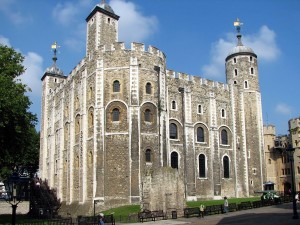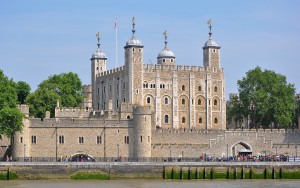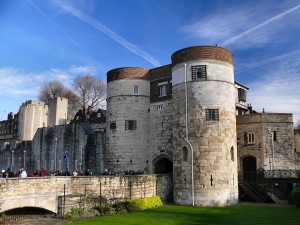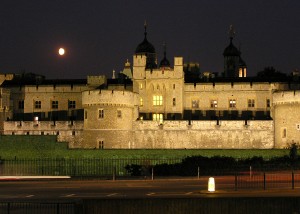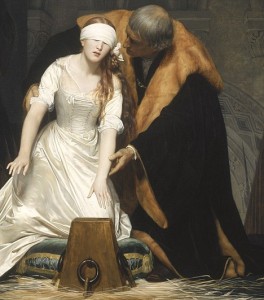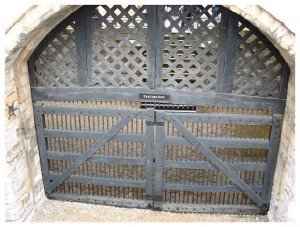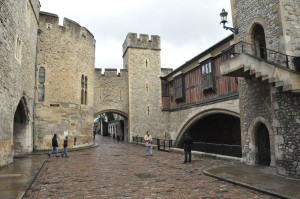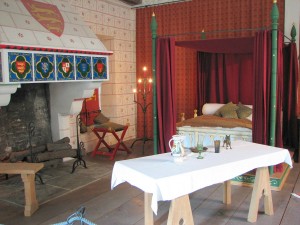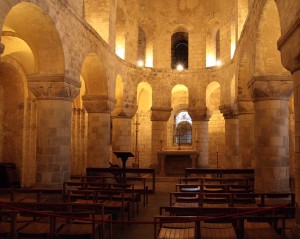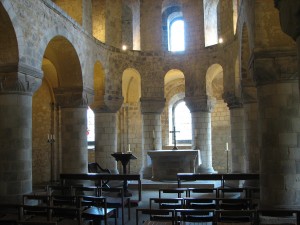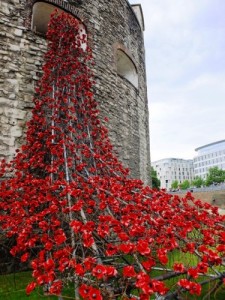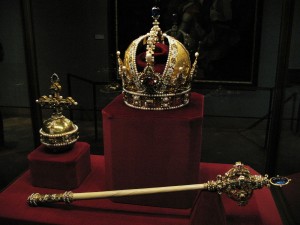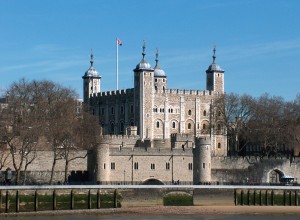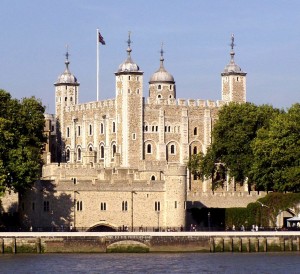Written by Soudip
September 1st 2014Other Places
You Are Here
Home > England > The Tower of London Historical Facts and PicturesThe Tower of London Historical Facts and Pictures
Located in central London, on the bank of the river Thames, the Tower of London is also known as Her Majesty’s Royal Palace and Fortress. This historic castle was founded at the end of 1066 as part of the Norman Conquest of England. William the Conqueror built the castle’s iconic White Tower in 1078, from which the name of the fortress was originated.
The tower was largely used as a prison, being most renowned for holding Queen Anne Boleyn as a prisoner. Queen Elizabeth I was also held imprisoned within its walls before assuming the royal throne. Apart from serving as a prison house from 1100, this royal fortress has also served as an armory, menagerie, treasury, public record office, and the home of the Royal Mint and Crown Jewels of the United Kingdom.
Architecture and Structure
The palace displays some of the most impressive and strongest defensive systems. The structure consists three wards, the innermost ward, inner ward and the outer ward. Built with Kentish rag-stone, Caen stone and local mudstone, the 90 ft. high 3-storied White Tower is part of the innermost ward of the palace. The St. John’s Chapel within the White Tower is the only remaining part of the interior, which still maintains its original form, displaying the early architectural form of Norman church.
Apart from the White Tower, the innermost ward also comprises two other towers, Wakefield and Lanthorn, and a great hall between them.
Created during the reign of Richard the Lionheart, the Inner Ward consists the thirteenth century Beauchamp Tower along with the curtain wall, which was reconstructed by Edward I. The other towers reside in this area are Bell, Deveroux, Bowyer, Flint, Constable, Broad Arrow, Salt and Bloody.
The third enclosure was constructed during the reign of Edward I, when he made extensions to the fortress. Consisting 2 gatehouses (outer and inner) and a barbican, the outer ward completely encircles the castle.
The Crown Jewels
Since the reign of Henry III, the tradition of keeping the crown jewels within the tower had started. To preserve the royal regalia, including the plate and jewels, along with imperial symbols such as the scepter, the sword and the crown, the Jewel House was constructed. Later in 1669 the crown jewels were moved to the Martin Tower when the Jewel House was demolished. Presently the crown jewels are preserved in the Waterloo Barrack.
Now a popular tourist spot and a UNESCO World Heritage Site, the Tower of London has played a massive role in the History of England.
Category
EnglandWritten by Soudip
September 1st 2014









